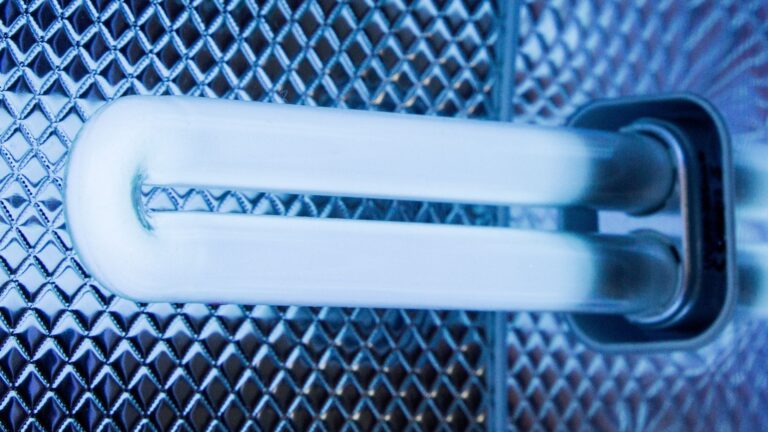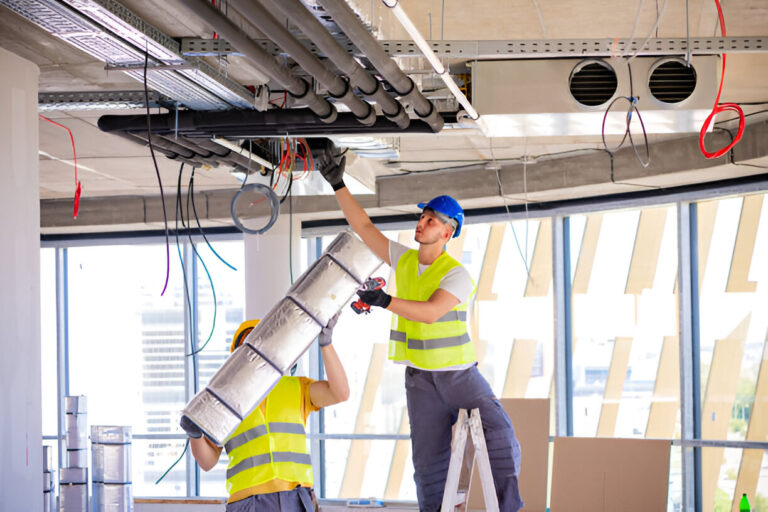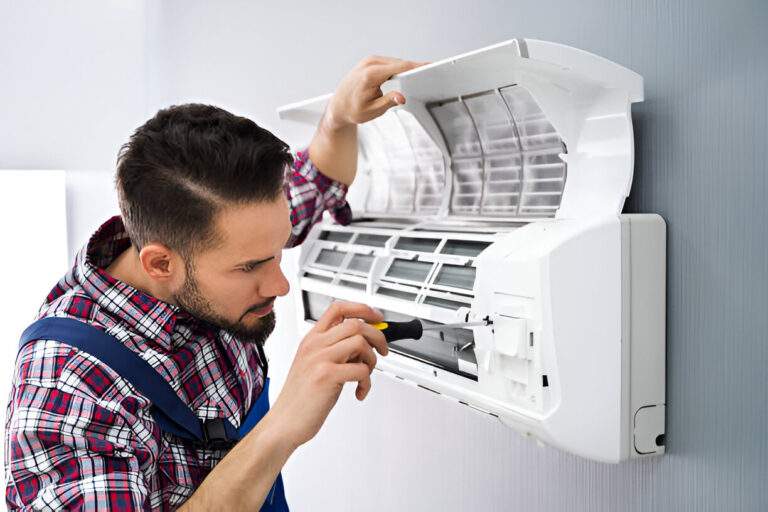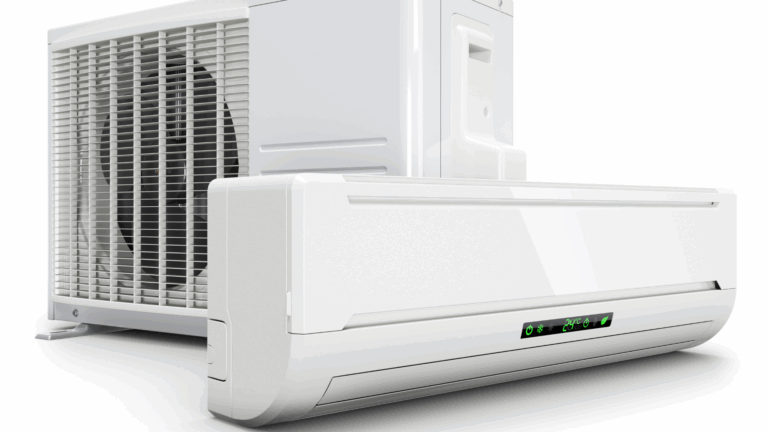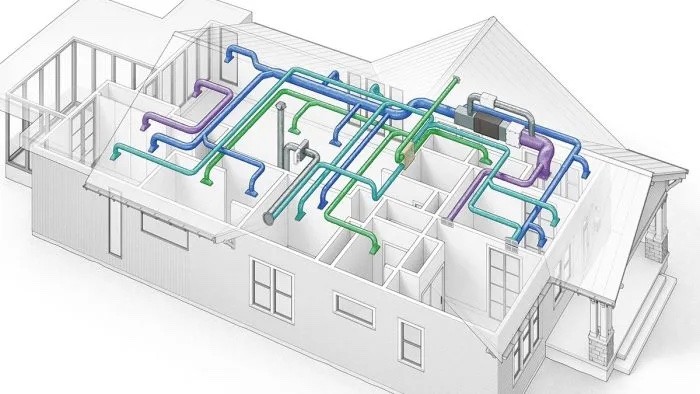Central Air Conditioner Replacement Cost: A Complete 2025 Guide
it’s the middle of July, your house feels like an oven, and your central air conditioner decides to quit. You call a technician, and the dreaded words come out, “It’s time for a replacement.”
Replacing a central air conditioner is a big investment, and naturally, the first question homeowners ask is: How much will it cost? The answer isn’t simple, because central air conditioner replacement costs vary widely depending on your home’s size, efficiency requirements, brand, and installation complexity.
In this blog, we’ll break down real-world central AC replacement costs for 2025, what factors impact pricing, cost-saving tips, and when replacement makes more sense than repair. We’ll also share research-backed data from trusted sources like the Department of Energy (DOE), Energy Star, and industry cost reports. By the end, you’ll know exactly what to expect when it comes to upgrading your cooling system, and how Osborne Heating & Cooling can help.
What Is a Central Air Conditioner?
A central AC system is designed to cool your entire home using a network of ducts. It works by drawing warm air from inside, passing it over an evaporator coil filled with refrigerant, and then pushing cool air back through your ductwork. The heat absorbed is released outdoors via the compressor and condenser unit.
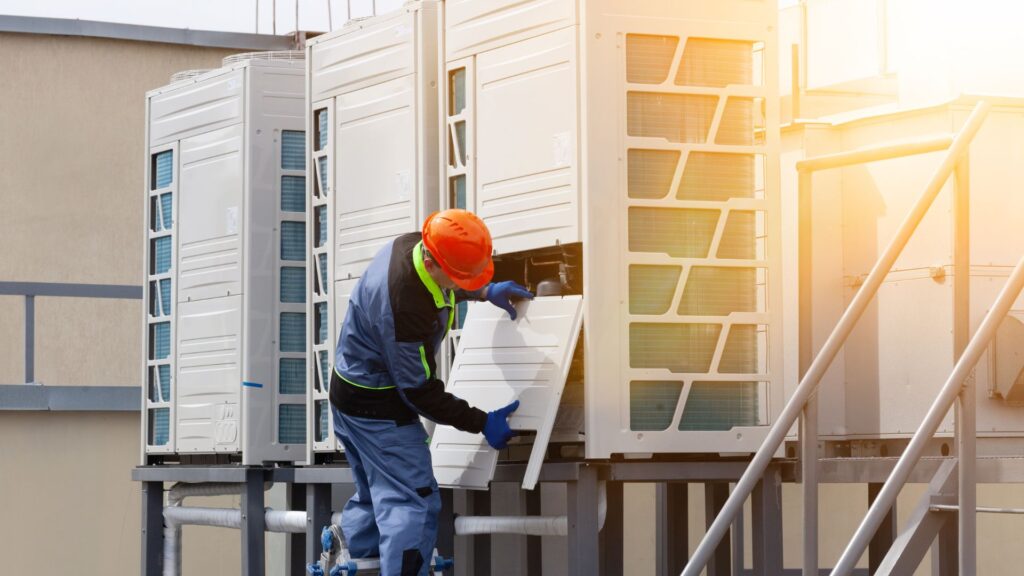
Unlike window units or ductless mini-splits that cool only a single room or area, central AC is built for whole-home comfort. It’s the go-to choice for homeowners with larger houses who want even, consistent cooling.
Why do so many people stick with central AC?
- It’s efficient for medium-to-large homes.
- It improves property value.
- It integrates with furnaces and existing ductwork.
Of course, this convenience comes at a cost, which we’ll unpack next.
Average Central Air Conditioner Replacement Cost in 2025
So, how much does it really cost to replace a central AC?
On average, homeowners in the U.S. spend between $4,500 and $9,500 for a complete central air conditioner replacement in 2025. The exact price depends on system size, efficiency, and installation needs.
Here’s a quick breakdown:
- Entry-level system (2–2.5 tons, SEER 14–15): $4,500–$6,000
- Mid-range system (3–3.5 tons, SEER 16–18): $6,500–$9,000
- High-efficiency system (4–5 tons, SEER 20+): $9,500–$12,500
According to the Department of Energy (DOE), the typical lifespan of a central AC is 12–15 years. That means if your system is older than a decade, you should start budgeting for a replacement.
Another factor driving costs up in 2025? The new SEER2 efficiency standards that went into effect in 2023. These stricter regulations mean all new systems must meet higher energy efficiency levels, great for your utility bills, but it does increase the upfront cost.
Cost Factors That Impact Your AC Replacement
1. AC Unit Size & Cooling Capacity
Central air conditioners are sized in “tons” (not weight, but cooling capacity). One ton equals 12,000 BTUs and can cool about 600–1,000 sq. ft.
- A 2-ton unit for a 1,200 sq. ft. home may cost $3,500–$5,000.
- A 5-ton unit for a 3,500+ sq. ft. home can run $7,500–$12,000.
Choosing the right size is crucial. An undersized AC will run constantly without properly cooling your home, while an oversized unit short-cycles and wastes energy.
2. Energy Efficiency (SEER Rating)
The SEER (Seasonal Energy Efficiency Ratio) rating tells you how efficiently your AC cools. The higher the SEER, the less energy it uses.
- SEER 14–15: Entry-level, lower upfront cost.
- SEER 16–18: Balanced cost and efficiency (most popular).
- SEER 20+: High efficiency, higher upfront cost, but saves 20–40% on energy bills (DOE).
3. Brand and Model
Just like cars, AC units vary by brand reputation. Premium brands like Trane, Lennox, and Carrier cost more upfront but are known for durability. Budget-friendly brands like Goodman are cheaper but may not last as long.
4. Installation Complexity
Installation isn’t one-size-fits-all. Costs can rise if:
- Your ductwork needs replacement or sealing ($2,000–$5,000 extra).
- Electrical upgrades are required.
- Your home layout is more complex.
- Local labor rates are higher (urban areas often cost more).
5. Add-ons and Extras
You may want to upgrade while replacing your AC:
- Smart thermostats: $250–$500.
- Indoor air quality upgrades (filters, UV lights): $500–$1,200.
- Extended warranties or service contracts: $300–$800.
Hidden Costs Homeowners Should Know About
Many homeowners get surprised by the “extras” that don’t show up in the base estimate. Here are a few:
- Permit fees and inspections (local requirements can add $200–$500).
- Old system disposal ($100–$300).
- Emergency replacements may have higher labor rates.
- Maintenance costs after installation ($150–$300 annually for tune-ups).
Skipping these can cause headaches later. For example, failing to upgrade leaky ductwork might save money upfront but could raise your energy bills for years.
Cost-Saving Tips for Central AC Replacement
Replacing a central AC isn’t cheap, but there are ways to make it more affordable.
- Replace during the off-season. Spring and fall are less busy for HVAC contractors, and you may score better deals.
- Leverage rebates and tax credits. The Inflation Reduction Act allows up to a 30% federal tax credit (up to $2,000) for qualifying high-efficiency systems.
- Check local rebates. Many utility companies offer $300–$1,200 rebates for upgrading to energy-efficient models.
- Get multiple quotes. Compare at least 2–3 licensed contractors, but don’t just choose the lowest bid. Quality installation saves more money long-term.
- Invest in preventive maintenance. Regular tune-ups extend your system’s lifespan and delay the need for replacement.
Is Repair or Replacement the Better Choice?
Sometimes the question isn’t “How much is a new AC?” but rather “Do I need one at all?”
Use the $5,000 Rule: Multiply your system’s age by the cost of repair.
- Example: 12-year-old AC × $500 repair = $6,000 → replacement makes more sense.
Signs it’s time to replace rather than repair:
- Your AC is 12–15+ years old.
- It breaks down frequently
- Your energy bills keep rising.
- Cooling feels uneven across rooms.
Spending $1,200 to repair a 12-year-old unit usually isn’t smart. Replacement often pays off in both comfort and long-term savings.
Real-World Cost Examples
Here’s a simple chart to show how costs scale depending on home size, efficiency, and AC unit size:
| Home Size (Sq. Ft.) | AC Size (Tons) | SEER Rating | Estimated Replacement Cost (2025) |
| 1,200 sq. ft. | 2–2.5 tons | 14–15 | $4,500 – $6,000 |
| 2,000 sq. ft. | 3–3.5 tons | 16–18 | $6,500 – $9,000 |
| 3,500 sq. ft. | 4–5 tons | 20+ | $9,500 – $12,500 |
This table gives a ballpark idea, but remember, local labor costs, ductwork, and extras can shift these numbers up or down.
Osborne Heating & Cooling – Your Trusted AC Replacement Partner
When it comes to replacing your central air conditioner, you don’t just need a new unit, you need a team you can trust to install it right. That’s where Osborne Heating & Cooling comes in.
With multiple years of experience, licensed technicians, and a commitment to upfront pricing, we take the stress out of AC replacement. We help homeowners navigate rebates, tax credits, and financing options, so you get the best value possible.
Thinking about replacing your central air conditioner? Call Osborne Heating & Cooling today for a free in-home estimate. We’ll help you choose the perfect system for your home, budget, and comfort.
Frequently Asked Questions
Not always, but if your ducts are leaky or undersized, replacement may be necessary. Expect $2,000–$5,000 if full ductwork replacement is required.


